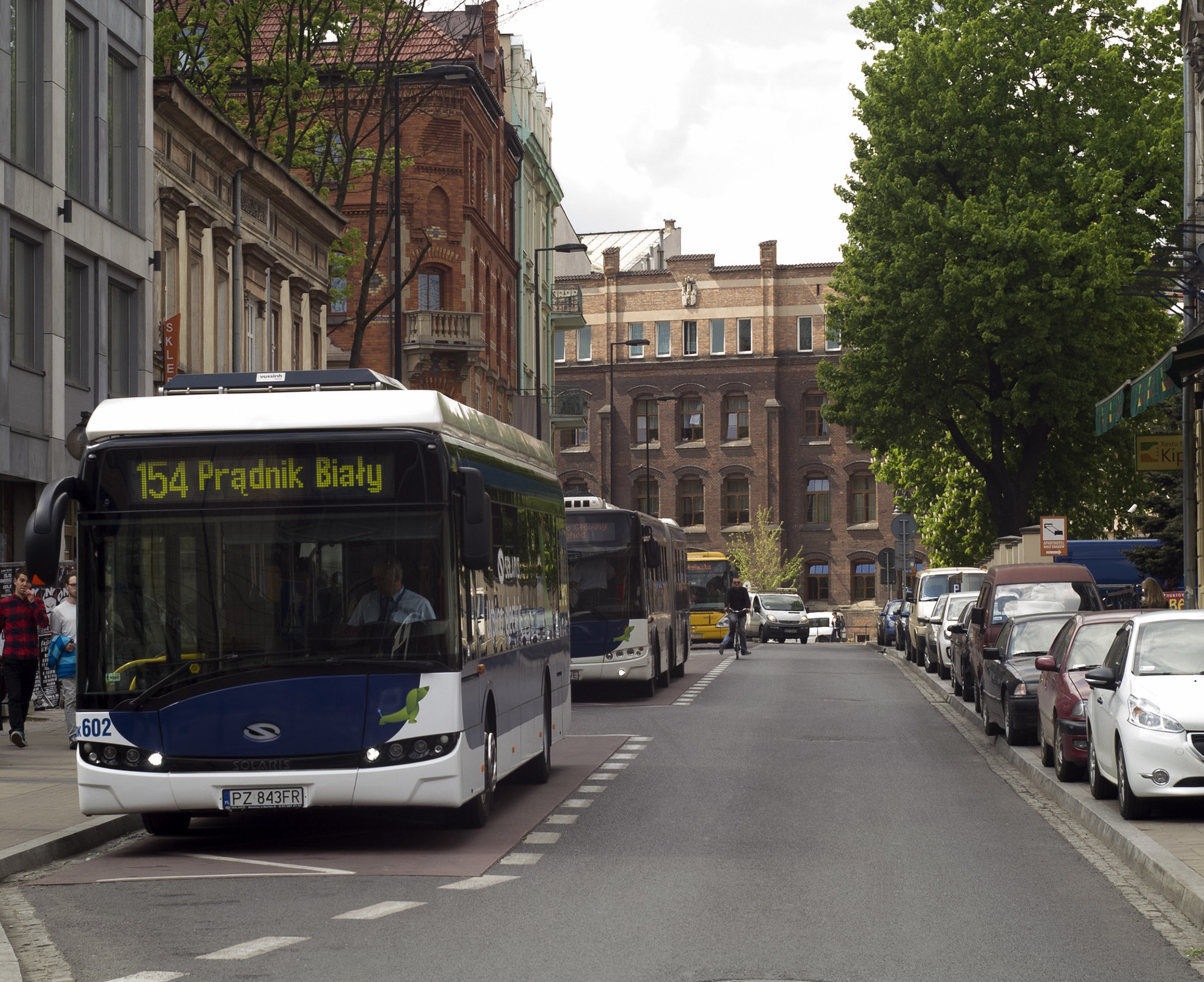Urban sprawl is considered as a western urban development pattern, which is common in different cities around the world. Although a large number of studies have focused on urban sprawl, modeling urban sprawl has been less emphasized, especially in various geographical contexts. The present study aimed to investigate urban sprawl and its determinants in a post-socialist country and model urban sprawl based on disaggregated data. In addition, the correlations of urban sprawl with travel patterns were examined, along with the socioeconomic characteristics of university students in Krakow, Poland by applying the Weighted Least Square (WLS) regression model. The WLS regression model was fitted based on the data from 1288 online questionnaires targeting university students. Also, urban sprawl around the home and the university for each student who indicated the nearest intersection to their home and university were separately estimated by employing Shannon entropy. Based on the findings, urban sprawl around homes was correlated with 14 transport patterns and socioeconomic features such as gender, age, driving license, financial dependency status, gross monthly income, number of commute trips, mode of transportation for commuting, number of trips for shopping or entertainment, daily shopping area, mode choice for shopping and entertainment trips inside and outside the neighborhoods, frequency of public transport use, attractiveness of shops inside the neighborhoods, and the length of time living in current home. Furthermore, urban sprawl around the university was significantly correlated with age, car ownership, number of commute trips, and sense of belonging to neighborhoods, entertainment place, and residential location choice. Finally, a positive correlation was reported between urban sprawl with higher income, elderly student, financial dependent students, and car dependency trips, while urban sprawl was negatively related to the use of public transit.
Thursday, July 30, 2020
Correlations of Urban Sprawl with Transport Patterns and Socioeconomics of University Students in Cracow, Poland
Urban sprawl is considered as a western urban development pattern, which is common in different cities around the world. Although a large number of studies have focused on urban sprawl, modeling urban sprawl has been less emphasized, especially in various geographical contexts. The present study aimed to investigate urban sprawl and its determinants in a post-socialist country and model urban sprawl based on disaggregated data. In addition, the correlations of urban sprawl with travel patterns were examined, along with the socioeconomic characteristics of university students in Krakow, Poland by applying the Weighted Least Square (WLS) regression model. The WLS regression model was fitted based on the data from 1288 online questionnaires targeting university students. Also, urban sprawl around the home and the university for each student who indicated the nearest intersection to their home and university were separately estimated by employing Shannon entropy. Based on the findings, urban sprawl around homes was correlated with 14 transport patterns and socioeconomic features such as gender, age, driving license, financial dependency status, gross monthly income, number of commute trips, mode of transportation for commuting, number of trips for shopping or entertainment, daily shopping area, mode choice for shopping and entertainment trips inside and outside the neighborhoods, frequency of public transport use, attractiveness of shops inside the neighborhoods, and the length of time living in current home. Furthermore, urban sprawl around the university was significantly correlated with age, car ownership, number of commute trips, and sense of belonging to neighborhoods, entertainment place, and residential location choice. Finally, a positive correlation was reported between urban sprawl with higher income, elderly student, financial dependent students, and car dependency trips, while urban sprawl was negatively related to the use of public transit.
Thursday, July 16, 2020
The Association between Regular Use of Ridesourcing and Walking Mode Choice in Cairo and Tehran
By Hamid Mostofi, Houshmand Masoumi, and Hans-Liudger Dienel
The rapid adoption of ridesourcing poses challenges for researchers and policymakers in the Middle East and North Africa (MENA), as it is an evolving new transport mode, and there is little research explaining its effects on mobility behaviors in this region. There is a concern that ridesourcing, which offers convenient and relatively cheap door to door services, encourages citizens to replace their sustainable travel modes, like walking, with car use. This effect has been studied relatively well in metropolises of the West, but less in the MENA agglomerations. This paper investigates whether regular use of ridesourcing impacts the walking mode choice in Cairo and Tehran. The analysis uses the results of 4926 face-to-face interviews in these two cities to compare the preference for using a vehicle instead of walking between regular users of ridesourcing and other motorized modes, including public bus, urban transit rails, private car, and traditional taxi. The findings indicate that in Cairo, the regular ridesourcing users are more likely than regular users of public transport to use a vehicle instead of walking inside their neighborhood. However, in both cities, ridesourcing users are less likely than regular private car users to replace walking by using vehicles.
Keywords: ridesourcing in the MENA region; walking mode choice; modal shift; the impact of ridesourcing on the nonmotorized mode
More about urban planning and transportation in the Midde East:
Economic Impacts of Adopting a Sustainable Transport System in Beirut
Subscribe to:
Posts (Atom)

